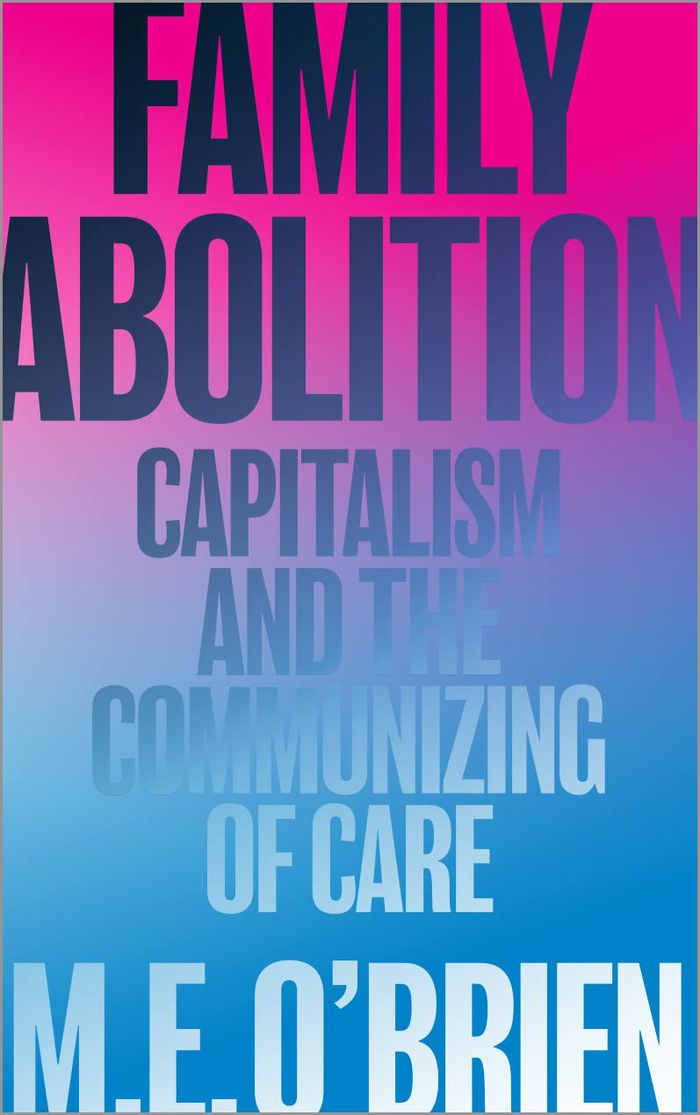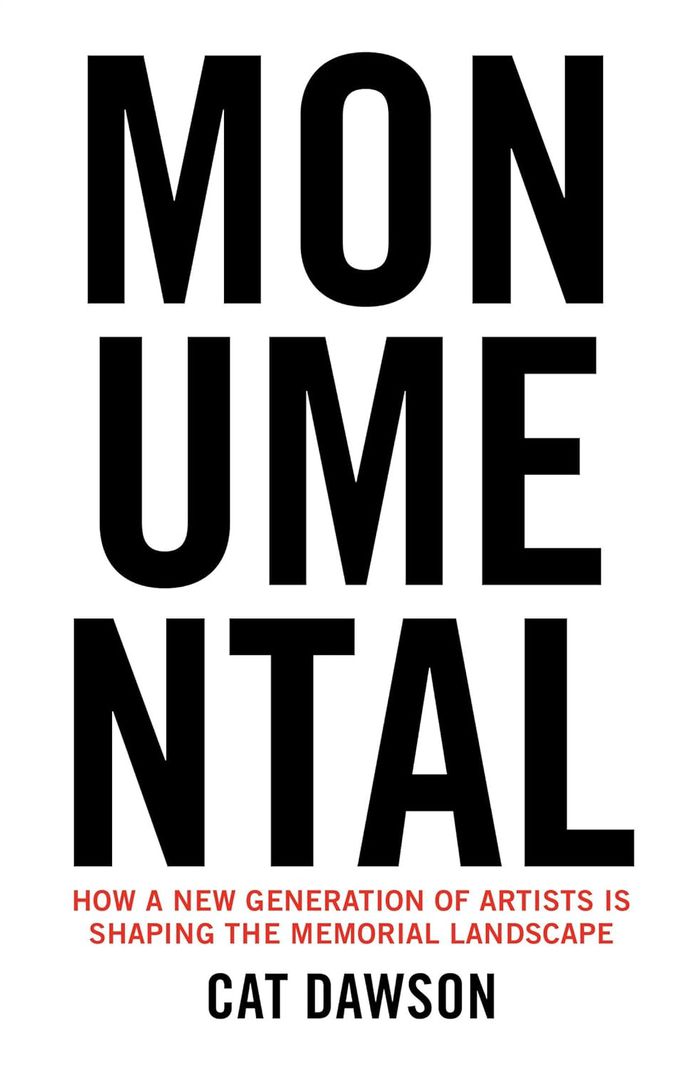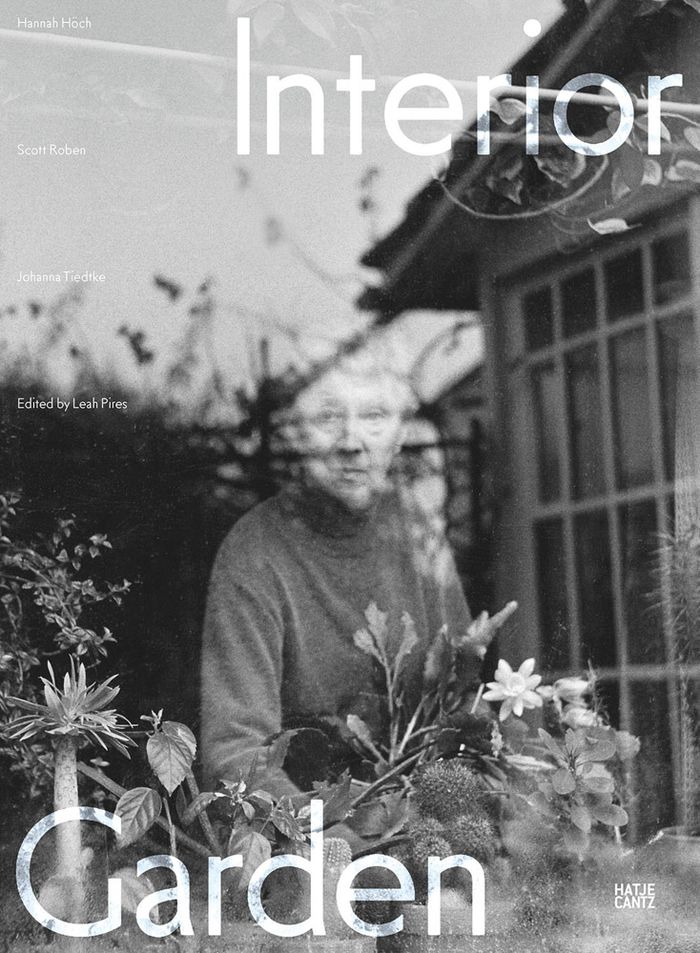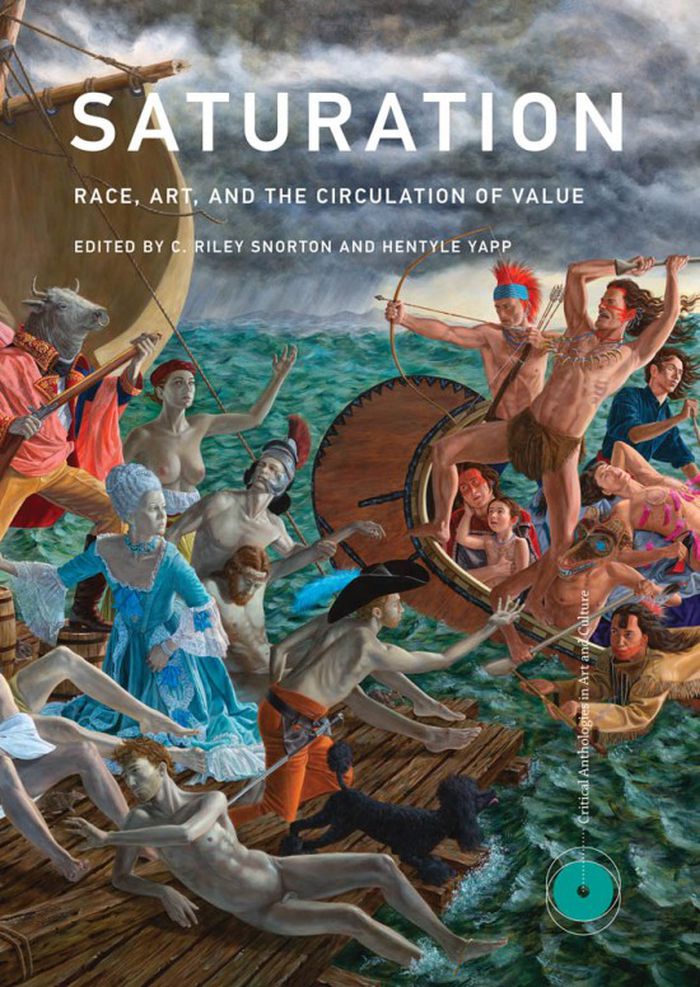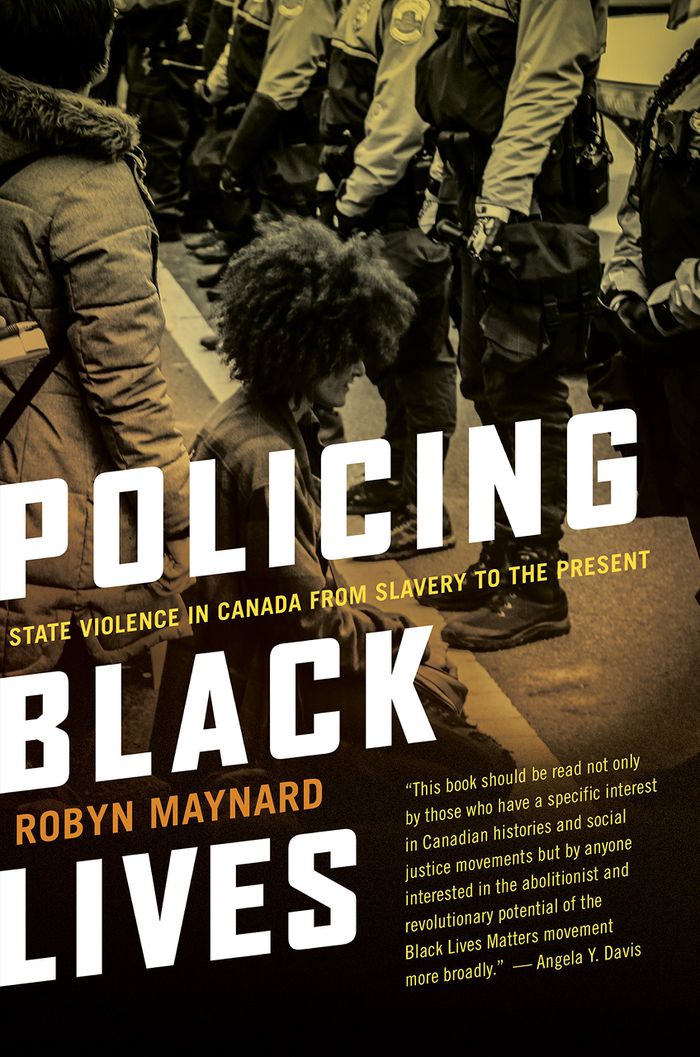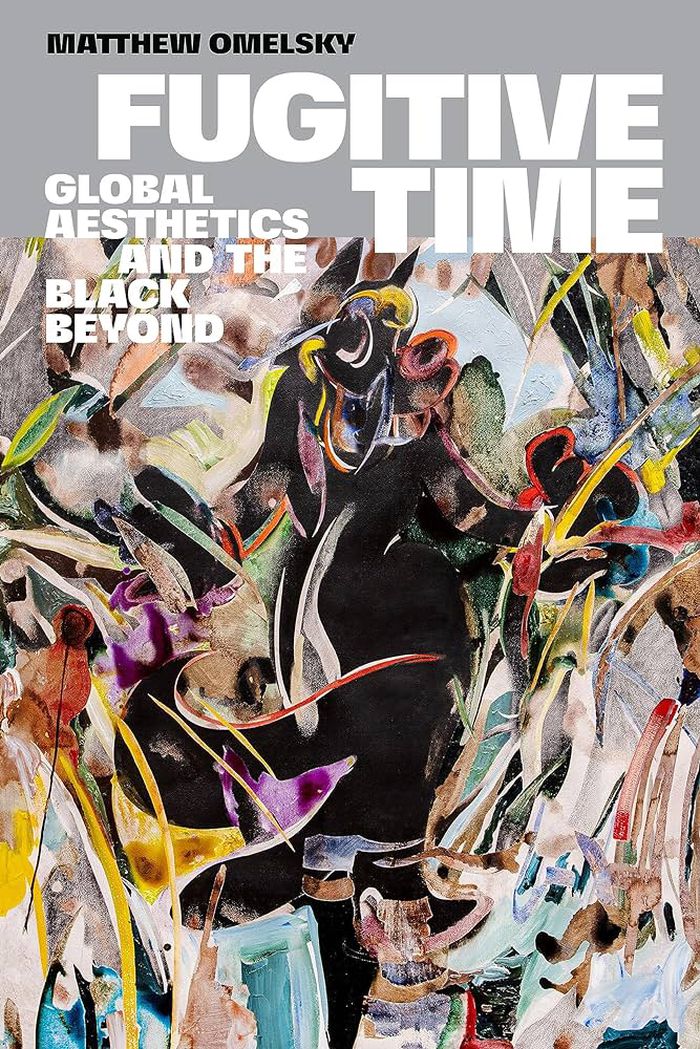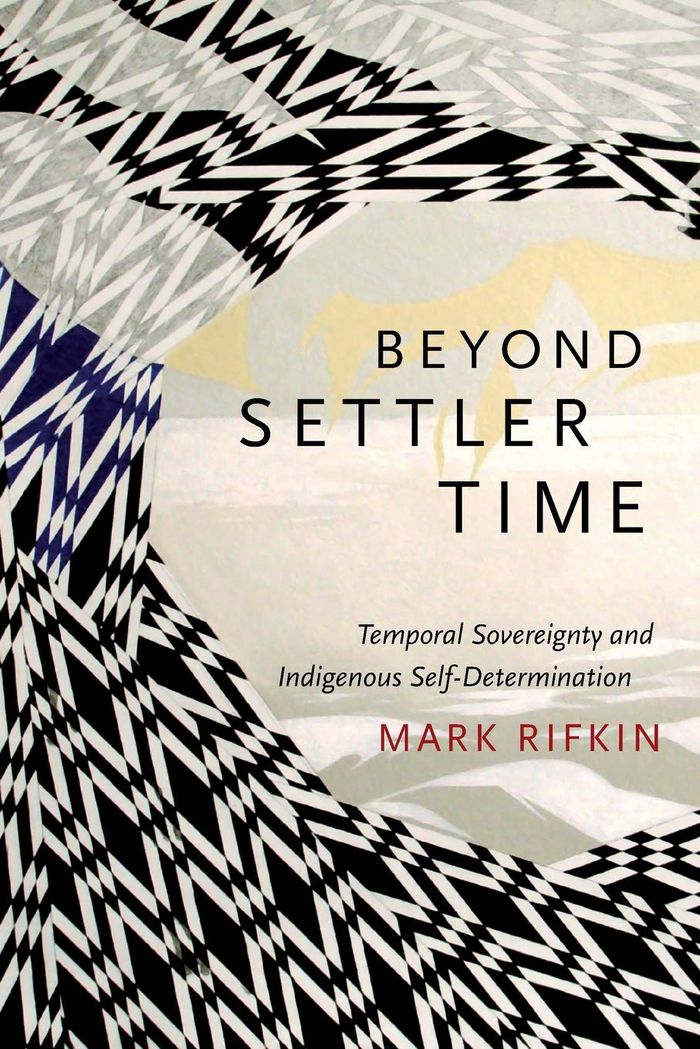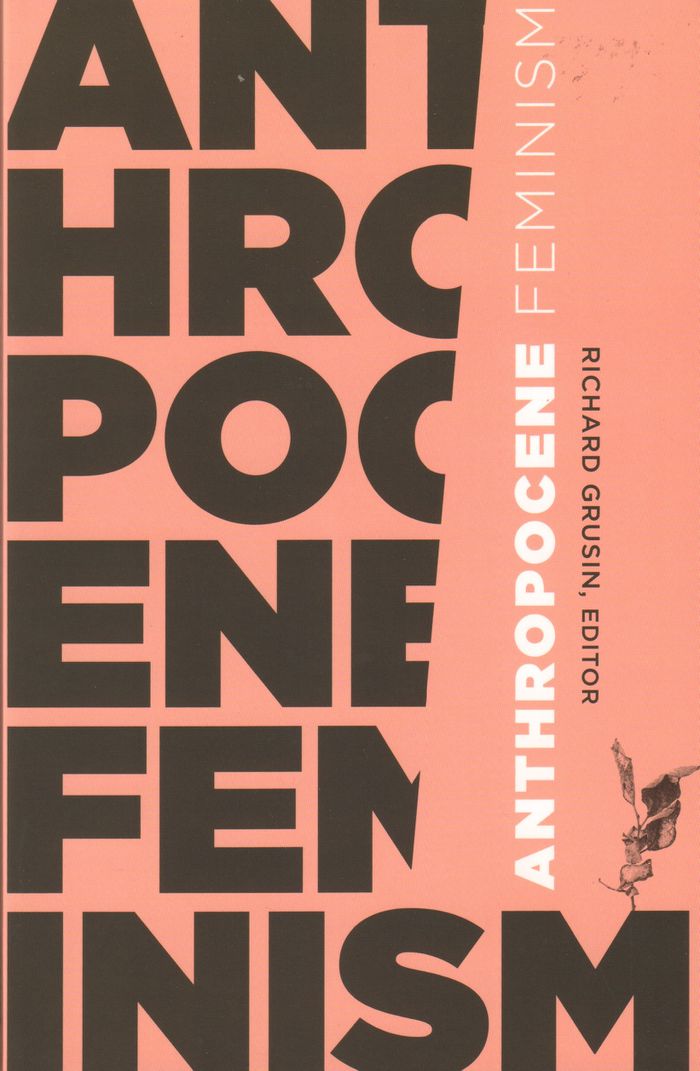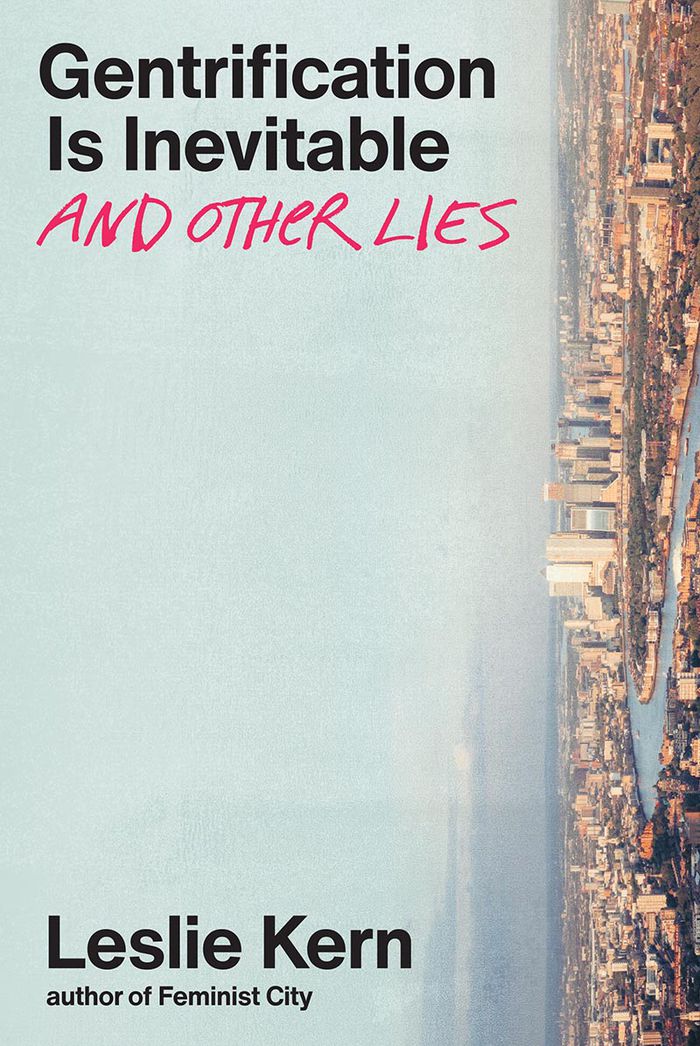$32.95
(disponible sur commande)
Résumé:
For some of us, the family is a source of love and support. But for many others, the family is a place of private horror, coercion, and personal domination. In a capitalist society, the private family carries the impossible demands of interpersonal care and social reproductive labor. Can we imagine a different future? In ''Family abolition'', author M.E. O'Brien uncovers(...)
Family abolition: Capitalism and the communizing of care
Actions:
Prix:
$32.95
(disponible sur commande)
Résumé:
For some of us, the family is a source of love and support. But for many others, the family is a place of private horror, coercion, and personal domination. In a capitalist society, the private family carries the impossible demands of interpersonal care and social reproductive labor. Can we imagine a different future? In ''Family abolition'', author M.E. O'Brien uncovers the history of struggles to create radical alternatives to the private family. O'Brien traces the changing family politics of racial capitalism in the industrial cities of Europe and the slave plantations and settler frontier of North America, explaining the rise and fall of the housewife-based family form. From early Marxists to Black and queer insurrectionists to today's mass protest movements, O'Brien finds revolutionaries seeking better ways of loving, caring, and living. ''Family abolition'' takes us through the past and present of family politics into a speculative future of the commune, imagining how care could be organized in a free society.
Social
$45.95
(disponible en magasin)
Résumé:
For centuries, monuments have telegraphed the values and origin myths of dominant culture in public space and on massive scale. They have signaled both who is part of a culture and who is not, often overlooking histories that complicate the stories they tell. Yet in the last 50 years in the United States, the role of monuments has changed significantly. Numerous(...)
Monumental: How a new generation of artists is shaping the memorial landscape
Actions:
Prix:
$45.95
(disponible en magasin)
Résumé:
For centuries, monuments have telegraphed the values and origin myths of dominant culture in public space and on massive scale. They have signaled both who is part of a culture and who is not, often overlooking histories that complicate the stories they tell. Yet in the last 50 years in the United States, the role of monuments has changed significantly. Numerous historical monuments have been removed or toppled, bringing to the fore a long-repressed conversation about the relationship between the monumental landscape and national identity. In Monumental, Cat Dawson takes up the social, political, and art historical causes and ramifications of this important shift. Examining the conditions that have led to and define this new era, Dawson reveals that these interventions are as indebted to the monumental tradition as they are to representational strategies that grew out of twentieth-century social justice efforts, from the Civil Rights movement to queer organizing during the AIDS crisis.
Théorie de l’art
Hannah Höch: Interior garden
$65.00
(disponible sur commande)
Résumé:
At the onset of World War II, the visionary Dada artist Hannah Höch (1889–1978) retreated to a secluded house on the outskirts of Berlin, fleeing persecution for her radical collage work and her unflagging opposition to fascism. In the decades that followed, the surrounding garden became her artistic muse, but it was also a means of survival: its fruits and vegetables(...)
Hannah Höch: Interior garden
Actions:
Prix:
$65.00
(disponible sur commande)
Résumé:
At the onset of World War II, the visionary Dada artist Hannah Höch (1889–1978) retreated to a secluded house on the outskirts of Berlin, fleeing persecution for her radical collage work and her unflagging opposition to fascism. In the decades that followed, the surrounding garden became her artistic muse, but it was also a means of survival: its fruits and vegetables were a vital source of sustenance during wartime, and its grounds served as the hiding place for her priceless collection of Dada artworks. Eighty years later, this richly illustrated and deeply researched book reimagines Höch’s garden from an artist’s perspective. It brings together Höch’s botanical collages and garden photographs with deep archival cuts exploring her queer history with Til Brugman; new art by the artists Scott Roben and Johanna Tiedtke, based on visits to Höch’s garden; and an essay by the writer Alhena Katsof. Together, these elements interweave past and present, private and public, personal and political, offering new views into Höch’s lush refuge.
Jardins
$65.95
(disponible sur commande)
Résumé:
The book uses saturation as an organizing concept, in part to suggest that current paradigms cannot encompass the complex realities of race. Saturation provides avenues to situate race as it relates to perception, science, aesthetics, the corporeal, and the sonic. In color theory, saturation is understood in terms of the degree to which a color differs from whiteness. In(...)
Saturation: Race, art, and the circulation of value
Actions:
Prix:
$65.95
(disponible sur commande)
Résumé:
The book uses saturation as an organizing concept, in part to suggest that current paradigms cannot encompass the complex realities of race. Saturation provides avenues to situate race as it relates to perception, science, aesthetics, the corporeal, and the sonic. In color theory, saturation is understood in terms of the degree to which a color differs from whiteness. In science, saturation points describe not only the moment in which race exceeds legibility, but also how diversity operates for institutions. Contributors consider how racialization, globalization, and the production and consumption of art converge in the art market, engaging such topics as racial capitalism, the aesthetics of colonialism, and disability cultures. They examine methods for theorizing race and representation, including “aboutness,” which interprets artworks by racialized subjects as being “about” race; modes of unruly, decolonized, and queer visual practices that resist disciplinary boundaries; and a model by which to think with and alongside blackness and indigeneity.
Théorie de l’art
$25.00
(disponible sur commande)
Résumé:
Delving behind Canada’s veneer of multiculturalism and tolerance, ''Policing Black lives'' traces the violent realities of anti-blackness from the slave ships to prisons, classrooms and beyond. Robyn Maynard provides readers with the first comprehensive account of nearly four hundred years of state-sanctioned surveillance, criminalization and punishment of Black lives in(...)
Policing Black lives: state violence in Canada from slavery to the present
Actions:
Prix:
$25.00
(disponible sur commande)
Résumé:
Delving behind Canada’s veneer of multiculturalism and tolerance, ''Policing Black lives'' traces the violent realities of anti-blackness from the slave ships to prisons, classrooms and beyond. Robyn Maynard provides readers with the first comprehensive account of nearly four hundred years of state-sanctioned surveillance, criminalization and punishment of Black lives in Canada. While highlighting the ubiquity of Black resistance, ''Policing Black lives'' traces the still-living legacy of slavery across multiple institutions, shedding light on the state’s role in perpetuating contemporary Black poverty and unemployment, racial profiling, law enforcement violence, incarceration, immigration detention, deportation, exploitative migrant labour practices, disproportionate child removal and low graduation rates. Emerging from a critical race feminist framework that insists that all Black lives matter, Maynard’s intersectional approach to anti-Black racism addresses the unique and understudied impacts of state violence as it is experienced by Black women, Black people with disabilities, as well as queer, trans, and undocumented Black communities.
Social
livres
Description:
125 pages : illustrations (some color) ; 26 cm.
[Berlin] : Errant Bodies Press, ©2012.
Beyond utopia / edited by Sophie Warren and Jonathan Mosley.
Actions:
Exemplaires:
Description:
125 pages : illustrations (some color) ; 26 cm.
livres
[Berlin] : Errant Bodies Press, ©2012.
$36.95
(disponible sur commande)
Résumé:
In "Fugitive time", Matthew Omelsky theorizes the embodied experience of time in twentieth- and twenty-first-century black artforms from across the world. Through the lens of time, he charts the sensations and coursing thoughts that accompany desires for freedom as they appear in the work of artists as varied as Toni Morrison, Yvonne Vera, Aimé Césaire, and Issa Samb.(...)
Fugitive time: Global aesthetics and the black beyond
Actions:
Prix:
$36.95
(disponible sur commande)
Résumé:
In "Fugitive time", Matthew Omelsky theorizes the embodied experience of time in twentieth- and twenty-first-century black artforms from across the world. Through the lens of time, he charts the sensations and coursing thoughts that accompany desires for freedom as they appear in the work of artists as varied as Toni Morrison, Yvonne Vera, Aimé Césaire, and Issa Samb. "Fugitive time" names a distinct utopian desire directed at the anticipated moment when the body and mind have been unburdened of the violence that has consumed black life globally for centuries, bringing with it a new form of being. Omelsky shows how fugitive time is not about attaining this transcendent release but is instead about sustaining the idea of it as an ecstatic social gathering. From the desire for ethereal queer worlds in the Black Audio Film Collective's "Twilight City" to Sun Ra's transformation of nineteenth-century scientific racism into an insurgent fugitive aesthetic, Omelsky shows how fugitive time evolves and how it remains a dominant form of imagining freedom in global black cultural expression.
Théorie de l’art
$36.95
(disponible en magasin)
Résumé:
What does it mean to say that Native peoples exist in the present? In ''Beyond settler time'' Mark Rifkin investigates the dangers of seeking to include Indigenous peoples within settler temporal frameworks. Claims that Native peoples should be recognized as coeval with Euro-Americans, Rifkin argues, implicitly treat dominant non-native ideologies and institutions as the(...)
Beyond settler time: temporal sovereignty and indigenous self-determination
Actions:
Prix:
$36.95
(disponible en magasin)
Résumé:
What does it mean to say that Native peoples exist in the present? In ''Beyond settler time'' Mark Rifkin investigates the dangers of seeking to include Indigenous peoples within settler temporal frameworks. Claims that Native peoples should be recognized as coeval with Euro-Americans, Rifkin argues, implicitly treat dominant non-native ideologies and institutions as the basis for defining time itself. How, though, can Native peoples be understood as dynamic and changing while also not assuming that they belong to a present inherently shared with non-natives? Drawing on physics, phenomenology, queer studies, and postcolonial theory, Rifkin develops the concept of "settler time" to address how Native peoples are both consigned to the past and inserted into the present in ways that normalize non-native histories, geographies, and expectations. Through analysis of various kinds of texts, including government documents, film, fiction, and autobiography, he explores how Native experiences of time exceed and defy such settler impositions. In underscoring the existence of multiple temporalities, Rifkin illustrates how time plays a crucial role in Indigenous peoples' expressions of sovereignty and struggles for self-determination.
Anthropocene Feminism
$39.95
(disponible sur commande)
Résumé:
What does feminism have to say to the Anthropocene? How does the concept of the Anthropocene impact feminism? This book is a daring and provocative response to the masculinist and techno-normative approach to the Anthropocene so often taken by technoscientists, artists, humanists, and social scientists. By coining and, for the first time, fully exploring the concept of(...)
mars 2017
Anthropocene Feminism
Actions:
Prix:
$39.95
(disponible sur commande)
Résumé:
What does feminism have to say to the Anthropocene? How does the concept of the Anthropocene impact feminism? This book is a daring and provocative response to the masculinist and techno-normative approach to the Anthropocene so often taken by technoscientists, artists, humanists, and social scientists. By coining and, for the first time, fully exploring the concept of “anthropocene feminism,” it highlights the alternatives feminism and queer theory can offer for thinking about the Anthropocene. Feminist theory has long been concerned with the anthropogenic impact of humans, particularly men, on nature. Consequently, the contributors to this volume explore not only what current interest in the Anthropocene might mean for feminism but also what it is that feminist theory can contribute to technoscientific understandings of the Anthropocene. With essays from prominent environmental and feminist scholars on topics ranging from Hawaiian poetry to Foucault to shelled creatures to hypomodernity to posthuman feminism, this book highlights both why we need an anthropocene feminism and why thinking about the Anthropocene must come from feminism.
$23.95
(disponible en magasin)
Résumé:
First observed in 1950s London, and theorised by leading thinkers such as Ruth Glass, Jane Jacobs and Sharon Zukin, the devastating process of displacement now can be found in every city and most neighbourhoods and impacts the most vulnerable communities. Leslie Kern proposes an intersectional way at looking at the crisis that seek to reveal the violence based on class,(...)
Gentrification is inevitable, and other lies
Actions:
Prix:
$23.95
(disponible en magasin)
Résumé:
First observed in 1950s London, and theorised by leading thinkers such as Ruth Glass, Jane Jacobs and Sharon Zukin, the devastating process of displacement now can be found in every city and most neighbourhoods and impacts the most vulnerable communities. Leslie Kern proposes an intersectional way at looking at the crisis that seek to reveal the violence based on class, race, gender and sexuality. She argues that gentrification is not natural That it can not be understood in economics terms, or by class. That it is not a question of taste. That it can only be measured only by the physical displacement of certain people. Rather, she argues, it is an continuation of the setter colonial project that removed natives from their land. And it can be seen today is rising rents and evictions, transformed retail areas, increased policing and broken communities. Kern proposes a genuinely decolonial, feminist, queer, anti-gentrification. One that demands the right to the city for everyone and the return of land and reparations for those who have been displaced.
L'humain et la ville
